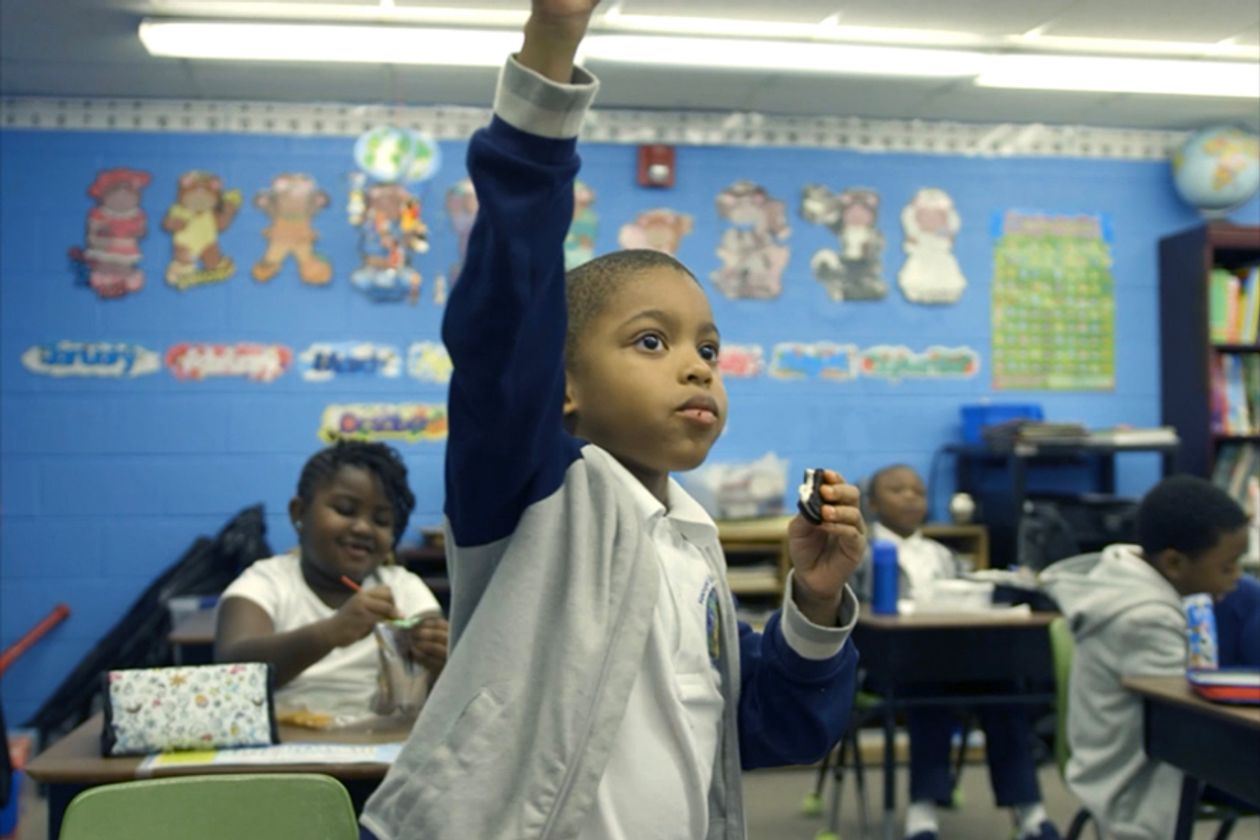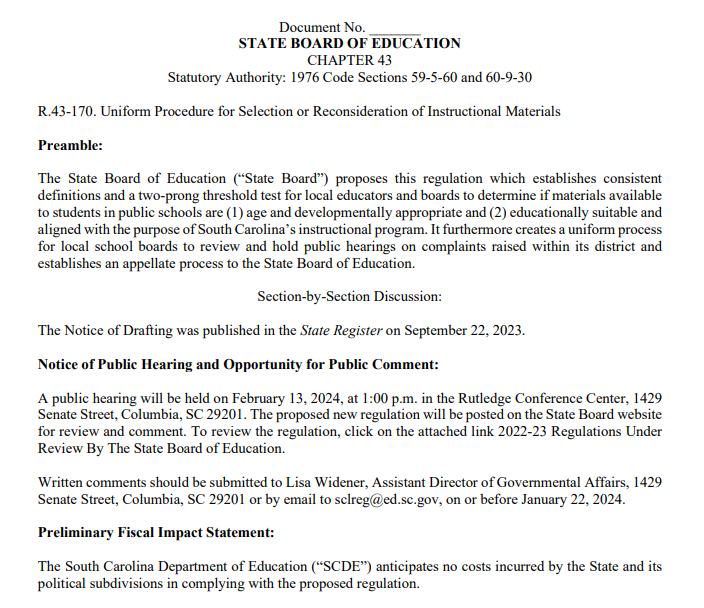Prepare Students For Coming Storm

Ellen Weaver
This op-ed was written by Ellen Weaver and was published in The State on 3/13/16.
South Carolina knows all too well the dangers of hurricanes. With each storm, we do our best to forecast and prepare those in the path of nature’s fury. But even now, a new type of hurricane is headed our way, the likes of which we’ve never seen. And we are fortunate to have a 14-year warning to prepare.
Nationwide, 10,000 baby boomers per day will reach retirement age between now and 2030. We hear much about the potential impact of this “Hurricane Gray” at the federal level, but how will it affect individual states?
Between 2010 and 2030, South Carolina is projected to see an 87 percent increase in the elderly population (65 and older) and a 10 percent increase in the youth population (0-18). These increases will place a remarkable strain on the shrinking percentage of working-age South Carolinians.
ExcelinEd’s new white paper by Matthew Ladner shares research from demographers and economists examining just how prepared South Carolina is for this coming storm.
The paper reports that South Carolina in 2010 had 59 elderly or young people for every 100 working-age adults. By 2030, that number will likely have increased to 79 elderly or young for every 100.
And a recent analysis by Moody Investor Services identified South Carolina as one of several states that will face tremendous demands for health-care spending due to its aging population.
This, combined with an uncertain funding partner in the federal government, could create the conditions for a perfect storm.
Right now, 30 percent of South Carolina’s state budget comes from the federal government, but the U.S. government will face its own hardships as Hurricane Gray approaches.
Now is the time to get the Palmetto State’s house in order. The working-age adults of 2030 will have to bear the primary tax burden to cover growing health assistance for the elderly and education for the young. They will need to be an exceptional generation, prepared to secure high-wage jobs and tackle the societal challenges of our state.
This generation — the one entrusted with the future of our state — sits in South Carolina schools right now.
In South Carolina, the urgency to develop high-quality, cost-effective educational solutions is particularly acute in light of the Abbeville v. South Carolina decision. The Legislature is under court order to better address the needs of the highest poverty school districts in the state, despite fiscal constraints.
In response to that ruling, Palmetto Promise Institute created the Help Our Pupils Excel plan, which identifies three core strategies to create an environment where all students have the opportunity to excel:
1. Focus current resources on student learning, quality teaching and instruction.
2. Enhance local accountability and autonomy.
3. Empower parents and students with more high-quality options.
These strategies align with the policies Dr. Ladner presents for improving the academic quality of our K-12 schools, at a price taxpayers can afford.
We must embrace innovative programs like education savings accounts that we see working in states like Arizona to create a flexible, customized education for students and deliver higher rates of parental satisfaction, all while freeing up resources for other critical state priorities.
Other states, like Florida, have also increased the bang for their education buck by providing schools with bonuses for students who earn college credit by exam (think Advanced Placement courses) or complete certifications for high-demand jobs.
And digital learning can be a cost-effective approach — especially in our rural areas — to give students access to a wide variety of courses that their local school might not be able to offer. I’m excited that our state has begun to explore this option through VirtualSC, but we have only begun to scratch the surface of what is possible.
With common-sense, strategic changes like these, South Carolina can empower every child to become a lifelong learner and reach his or her full potential, while wisely stewarding limited taxpayer resources.
This is exactly what our students deserve and our state requires to weather the coming storm.




